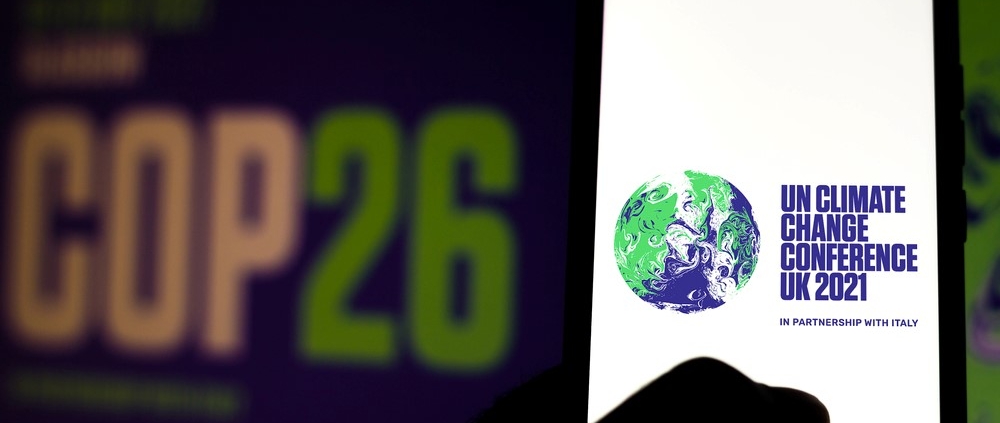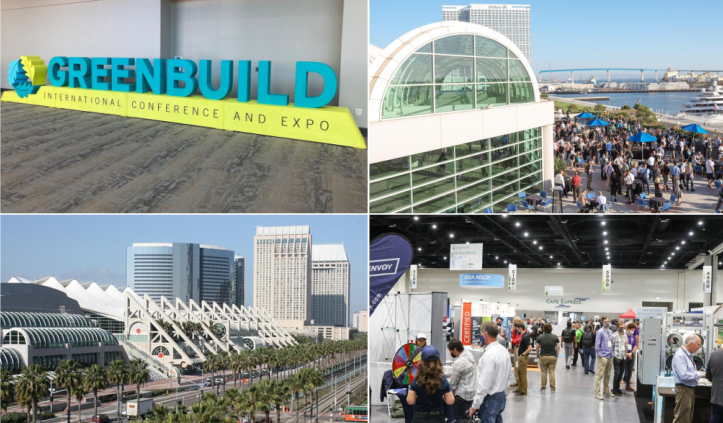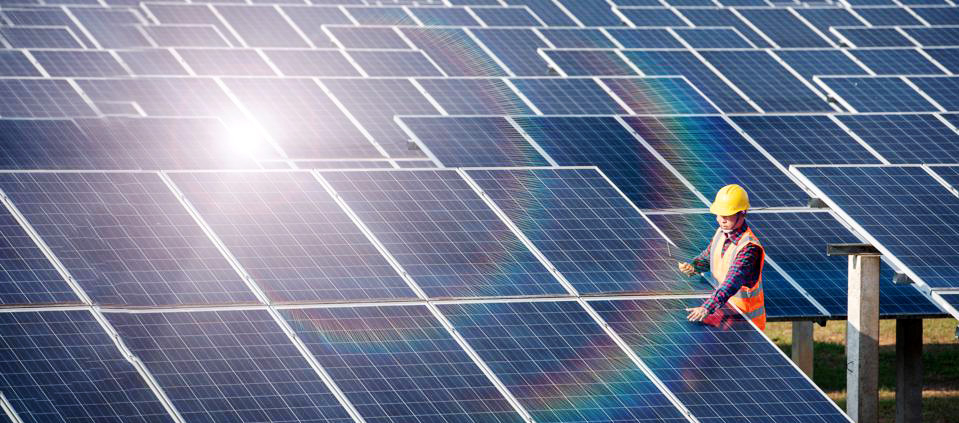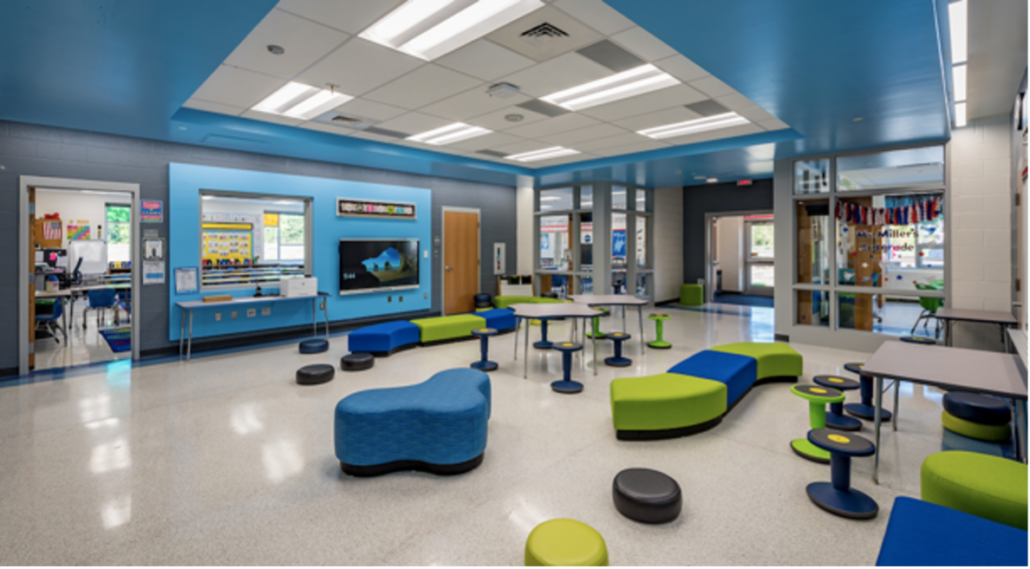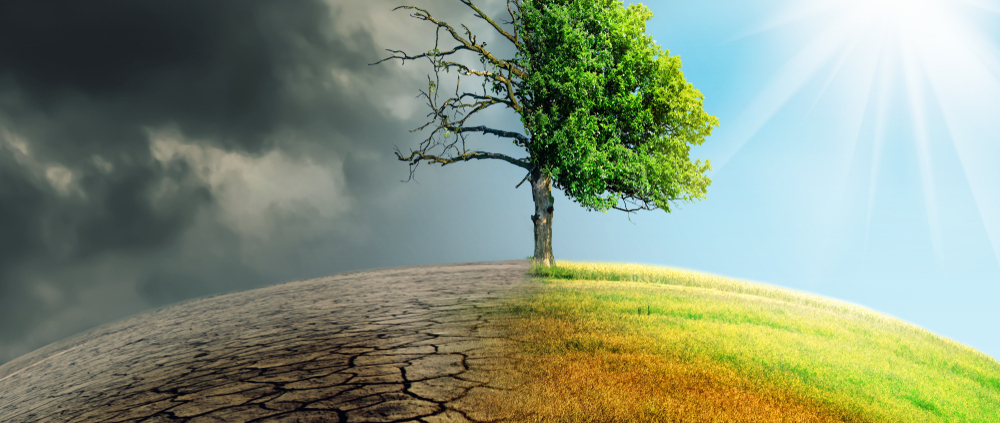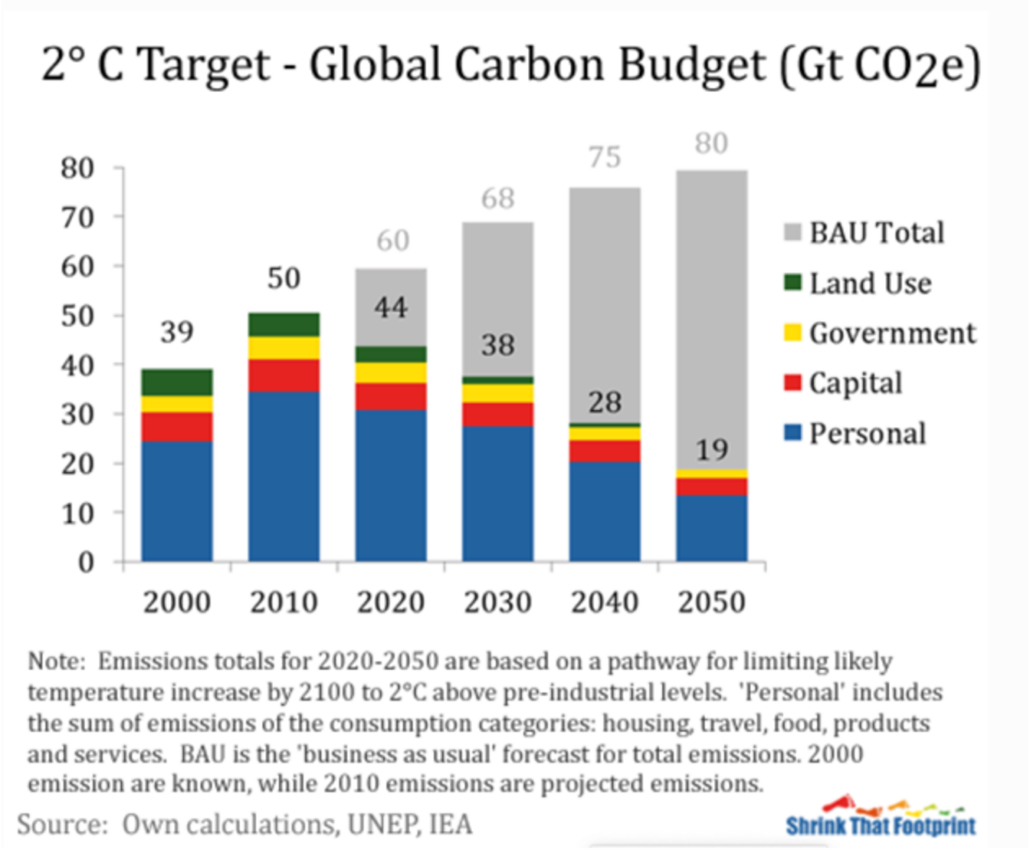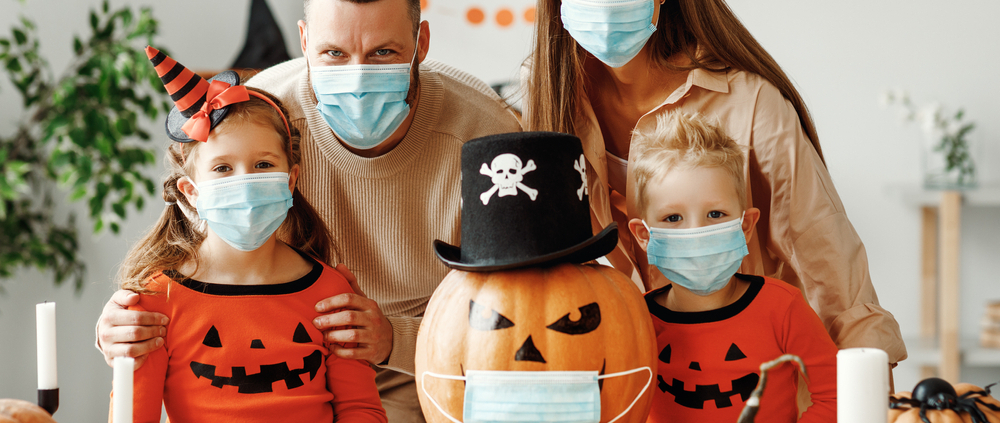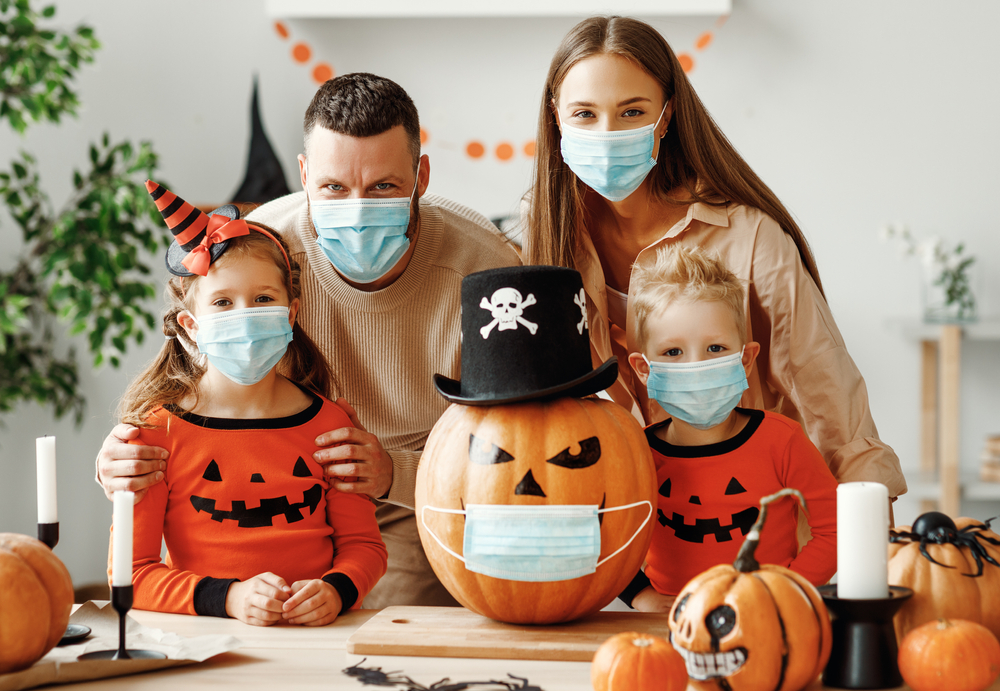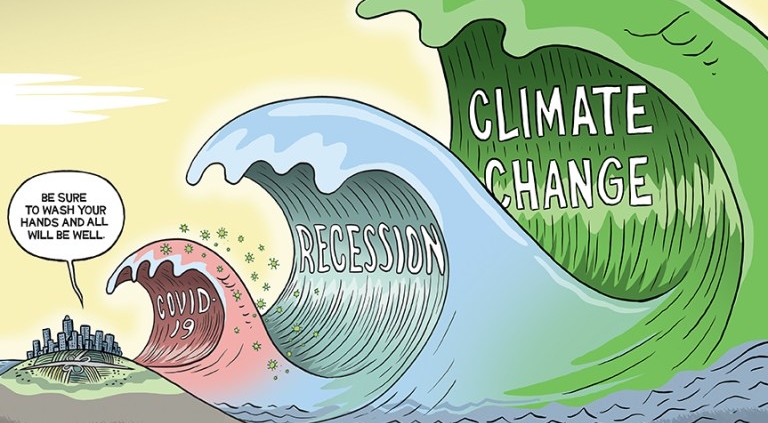Happy Chinese New Year 2022 – Year of the Tiger
Tuesday, February 1st, 2022 kicks off the Chinese New Year. The tiger is the third of the Chinese zodiacs. In Chinese folklore, the animal was so assured of its strength that it became distracted in the race for first place and lost out to the Rat and the Ox.
The year of the tiger signifies spur-of-the-moment decision-making and a strong sense of determinism. As a result, we expect this year to bring plenty of movement and unanticipated transformations. Moving into 2022, this is a great opportunity to focus on becoming your best selves, making positive changes in your life, and coming to terms with the past. In addition, the water element will reign this year, bringing energy and a sense of harmony to various matters. To see what the year of the tiger symbolizes for you individually, take a look at your Chinese horoscope for 2022 here!
For businesses looking to go green in the year of the tiger, there’s no better time to prioritize eco-friendly solutions! Brand-new prospects are set to bloom, and fresh ideas will manifest with ease. Projects dedicated to worldly well-being, unification and collective change will succeed. Anything that is needed to facilitate this will be acquired without setbacks. At Doo Consulting, we’re eager to help businesses like yours reach new heights and make a positive difference. Here’s what we’ve got in store in the year of the tiger:

Doo’s News
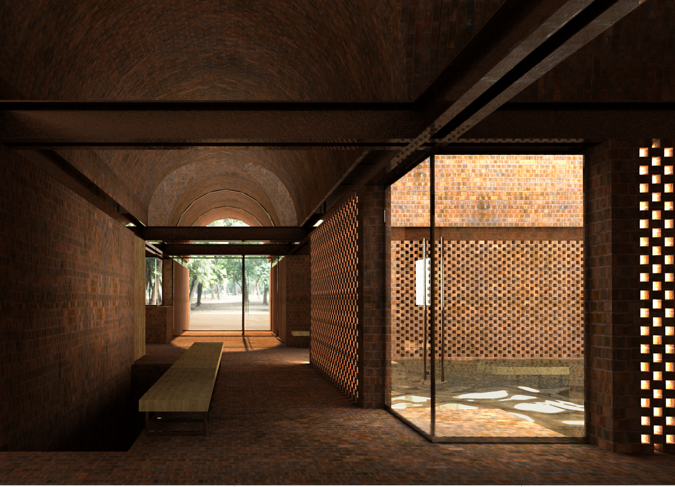
2022 is the fifteenth anniversary of Doo Consulting. In 2007 we began with a consultancy with Potomac Valley Brick to bring attention to the sustainable aspects of heavy construction, in this case, brick. Teams from around the world, responding to a global challenge created by Doo Consulting, BrickStainable, exploited the thermal characteristics of bricks to create zero energy buildings. Jurors included Bill Browning, Vivian Loftness, Anna Dyson, Garth Rockcastle and others.

Last year we observed the construction and Platinum certification of two net zero energy schools in the City of Baltimore, Graceland Park-O’Donnell Heights Elementary/Middle School and Holabird Academy designed by Grimm + Parker Architects and CMTA engineers. Working for the Owner’s representative, CBRE/Heery, our role was to tell the story of getting these buildings to net-zero for the students and community. Six stories were written at a 4th grade level and illustrated explaining the geothermal mechanical system, insulated concrete form (ICF) construction, photovoltaics, and three other design aspects of these schools. English on one side and in Spanish on the reverse and available in digital form with links to more information, these flyers are meant to encourage students to learn about their school and, maybe, inspire future architects, engineers or environmental scientists. With twelve months of energy data, we are now compiling the documentation to obtain the projects’ LEED Zero certifications!

Rebecca Gullott, our Business Responsibility Specialist and a senior project manager, is leading the charge to develop a sustainability plan for the Maryland Zoo. The Maryland Zoo in Baltimore has a long history of conserving wildlife and wild places. In 2021, Doo Consulting began work with the Zoo to facilitate the development of a new comprehensive sustainability plan that will focus the Zoo’s efforts to improve its social and environmental performance. The sustainability planning process will set targets for measurable improvement in energy, waste, and water management on the 135-acre campus. We’re very excited to be working with the Zoo on this.
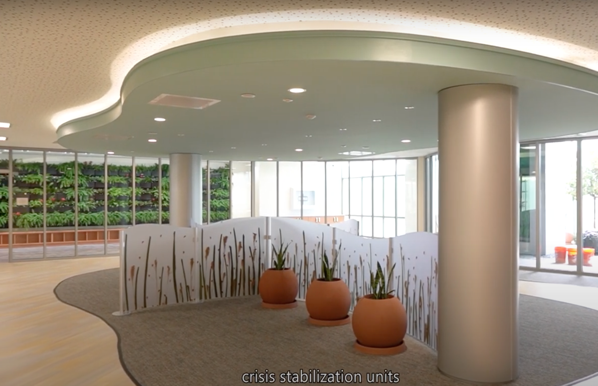
Doo Consulting San Diego just achieved a LEED Gold certification for the Crisis Stabilization Unit project in San Diego County. This facility will be used to provide emergency psychiatric and crisis stabilization services for the people of Oceanside, CA. The office has begun work on a new laboratory/office building in one of the life-science campuses surrounding the city and kicked off another project for the County of San Diego. Go San Diego!
While retaining our focus on green building certifications, we enjoy the exploration of new ideas, the opportunity to educate projects occupants, and the expansion of our practice. If you are interested in our sustainability consulting, green building certification or speaker services, contact us at info@DooConsulting.net. The team at Doo Consulting looks forward to helping your green building and sustainability projects during this exciting year of the tiger in 2022.



